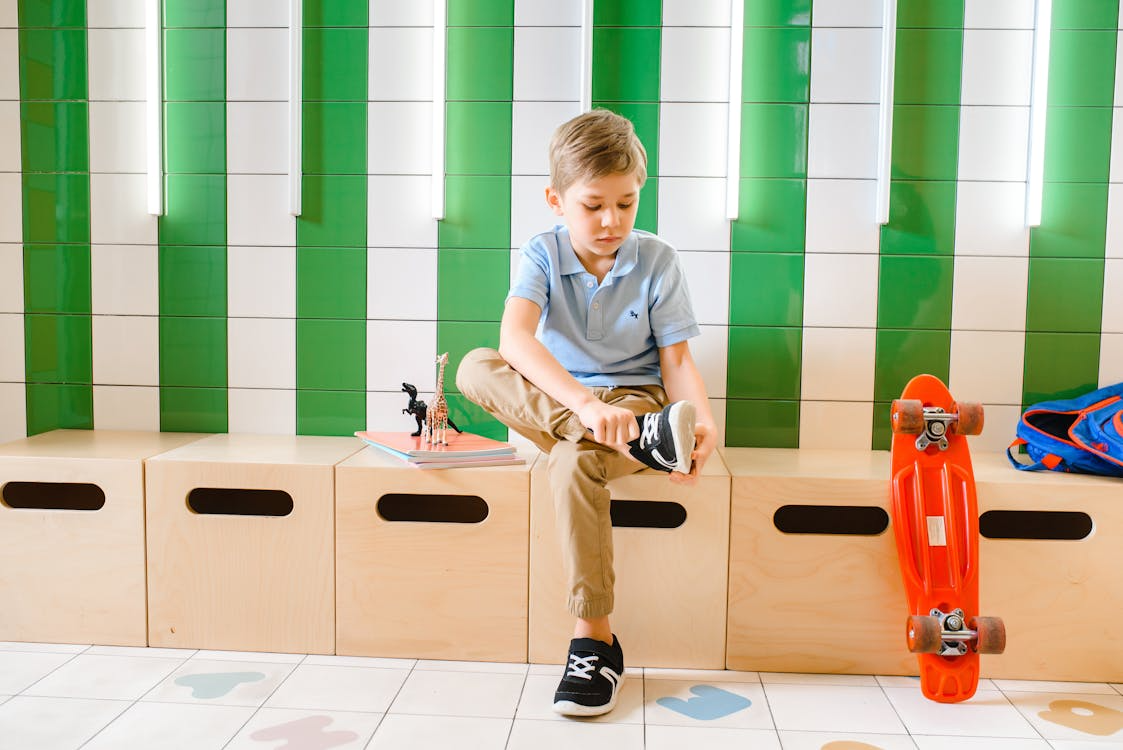When thinking about a kitchen makeover, most people start with cabinets, splashbacks, or worktops. Yet the floor quietly plays one of the most powerful roles in shaping the room’s atmosphere. It’s the surface that connects every element, from the island to the pantry, and it sets the stage for how the space feels, functions, and even sounds.
The kitchen is often described as the heart of the home, and just like a heartbeat, the rhythm of its flooring can determine the mood. Whether warm and welcoming or sleek and modern, the floor underfoot influences how the entire space comes together.
Setting the Tone: Colour, Texture, and Material
The colour and texture of flooring can dramatically alter how large, bright, or cosy a kitchen feels. Pale woods or stone-look tiles, for instance, can reflect light beautifully, making smaller kitchens appear more open and airy. In contrast, darker flooring, think espresso-toned oak or slate, adds depth and a sense of sophistication, ideal for larger or open-plan layouts that need visual grounding.
Texture also plays a role in mood. Smooth, polished finishes lend a clean and contemporary vibe, while matt, textured surfaces feel more rustic and tactile. A distressed timber plank or a hand-finished limestone tile, for example, adds instant character and warmth, pairing beautifully with shaker cabinets or vintage brass fittings.
The Emotional Impact of Material Choices
Each flooring type carries its own emotional tone. Natural materials such as oak, bamboo, or terracotta bring warmth and an organic connection to nature, creating an inviting, lived-in feel. These options work well in family kitchens where comfort and timelessness are key.
On the other hand, porcelain tiles or polished concrete evoke modernity and precision, which is ideal for sleek, minimalist designs. These surfaces are also practical, resisting spills, heat, and heavy use, which suits busy homes or those who love to cook and entertain.
Luxury vinyl and laminate options, meanwhile, offer a clever balance that captures the look of wood or stone while adding softness underfoot and easy maintenance. Their adaptability makes them a popular choice for those wanting a stylish look without constant upkeep.
Creating Harmony with Cabinets and Colour Schemes
The floor acts as the visual foundation for every other element in the kitchen. A harmonious balance between flooring and cabinetry ensures the space feels cohesive rather than chaotic.
For instance, pale oak flooring pairs beautifully with deep navy or forest green cabinets, keeping the look grounded but fresh. White or neutral cabinetry can be warmed up with mid-toned wood or patterned tiles that add subtle interest. For bold kitchen designs featuring statement islands or colourful walls, neutral flooring helps balance the look and prevents visual overload.
Even small details such as the undertone of the flooring, can change the feel entirely. Matching undertones between floor, worktop, and paint colours creates a polished, intentional design rather than one that feels pieced together.
Practicality Meets Personality
A kitchen floor must not only look good but also perform well. It endures everything from dropped utensils to splashes of sauce, so durability and maintenance should always guide the final decision.
However, practicality doesn’t mean sacrificing style. Patterned encaustic tiles can inject Mediterranean charm, while chevron or herringbone parquet adds elegance and movement. Underfoot comfort can also influence how the space feels; softer materials such as cork or cushioned vinyl make long cooking sessions more pleasant and subtly soften the acoustics of the room.
For those who love to entertain, consider how the floor complements the flow of light and movement. A continuous flooring style extending into dining or living zones creates a sense of space and connection, ideal for open-plan living.
The Finishing Touch That Defines the Space
It’s easy to underestimate how flooring completes a kitchen’s identity. It anchors the design, balances the tones, and influences how people experience the space daily. Whether choosing a bold patterned tile for personality or a natural timber board for warmth, the decision goes far beyond aesthetics; it’s about setting a mood that aligns with how the space is used and enjoyed.
A well-chosen kitchen floor doesn’t just support the design; it defines it. By considering texture, tone, and lifestyle needs, the flooring becomes the subtle yet essential ingredient that makes the kitchen feel effortlessly right.




Want to add a comment?